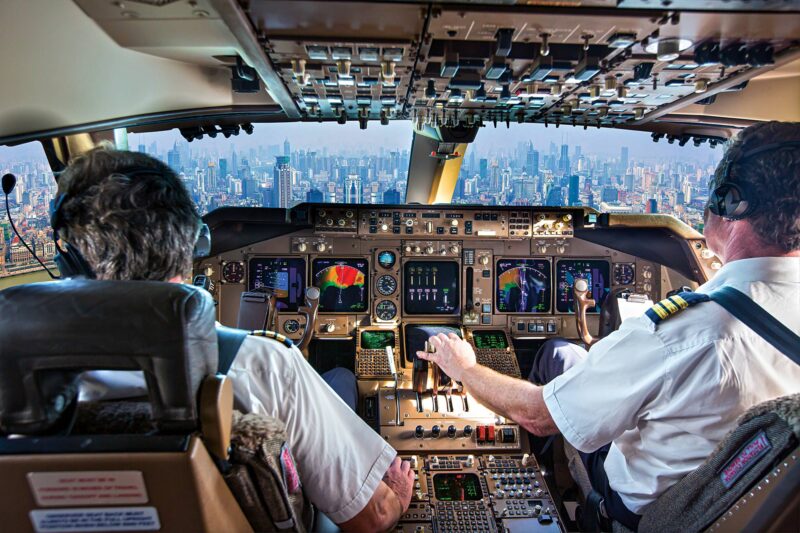Senator Graham may propose legislation to raise the retirement age for U.S. commercial airline pilots

Sen. Lindsey Graham (R-S.C.) is said to be preparing to introduce legislation that would raise the retirement age for commercial airline pilots in the U.S. by at least two years, to 67.
Two people familiar with the proposed legislation confirmed that Graham is in the process of building support among his colleagues in Congress before introducing the bill. Airline pilots must retire at 65 today, an age that was set in 2007, when Congress raised the it from 60.
Graham’s office was not immediately available for comment.
Raising the retirement age would be a short-term fix to the pilot shortage facing U.S. airlines. Following a spike in early retirements at major carriers and a slowdown in the issuance of new airline transport pilot (ATP) certificates by the Federal Aviation Administration (FAA) during the pandemic, the industry is facing a shortage of thousands of pilots that is not expected to ease until at least next year. The shortage is forcing regional airlines, including Mesa Airlines and SkyWest Airlines, to ground planes and cancel flights. Even mid-tier carriers, Alaska Airlines and JetBlue Airways, say they face elevated attrition rates.
“This just kicks the can down the road two years,” said one person familiar with the proposed legislation. Raising the retirement age does not address the industry’s need for more new pilots, something that takes years and can cost hundreds of thousands of dollars due to the government’s requirement for 1,500 hours at the controls of a plane for ATP certification as a first officer, or 2,500 hours as a captain.
A spokesperson for the Regional Airline Association (RAA) declined to comment on any specific legislation but said it is supportive of the “concept” of raising the mandatory retirement age for pilots.
The Southwest Airlines Pilots Association (SWAPA), which represents pilots at Southwest, asked pilots on May 12 to vote in a poll on whether they supported raising the mandatory retirement age. “The SWAPA government affairs committee is closely monitoring the issue and working closely with our industry partners to determine the road ahead,” the union told members in a notice.
“There won’t be a quick fix but we’ve got to work on shoring up that domestic aviation workforce,” Transportation Secretary Pete Buttigieg told the Senate Commerce, Science, and Transportation Committee on May 3. He said the FAA was preparing to award $5 million in workforce development grants to help boost pilot supply but did not provide specifics for easing the immediate shortage.
Raymond James analyst Savanthi Syth wrote in April that United CEO Scott Kirby said U.S. airlines would hire roughly 13,000 new pilots this year, and the same number or more in 2023. The current pipeline creates roughly 5,000 to 7,000 new pilots annually.
Cowen & Co. analyst Helane Becker wrote in April that the U.S. government needed to take a three-pronged approach to easing the pilot shortage. Those prongs included lowering the hour requirement for new ATPs, allowing consolidation to reduce duplicate flights, and temporarily raising the pilot retirement age to 67.
“We expect this pilot issue to persist for the foreseeable future as airlines seek to replace retirements that occurred during the pandemic, retirements that continue and won’t peak until later in the decade, and growth,” she wrote.
Outgoing Allegiant Air CEO Maurice Gallagher commented on the pilot situation in a letter to shareholders on May 12. “We are facing a chronic scarcity that will last for years given the known retirements and the projected numbers of new pilots entering the system. The numbers suggest by 2030 the industry could have a deficit of almost 30,000 pilots. At 16 pilots per aircraft this will correspond to 1,800 aircraft that will be parked or the equivalent of two US legacy carriers such as [American] and [United],” he said.
Sen. Kyrsten Sinema (D-Ariz.) will lead a Senate Commerce Committee field hearing outside of Phoenix on May 13 centered on developing the aviation workforce. airlineweekly.com
